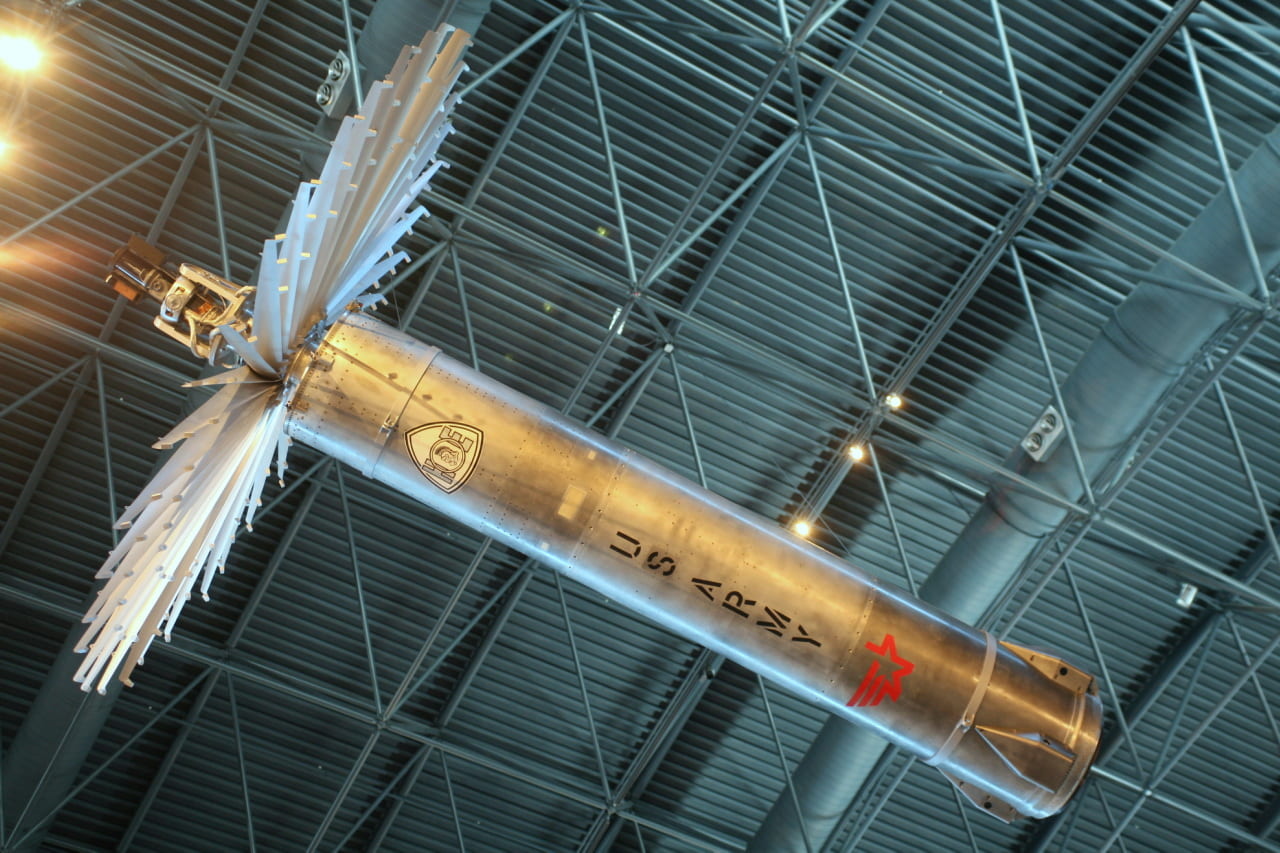Eric Douglas Randolph
Abstract: The Strategic Defense Initiative (SDI) is designed to create a Ballistic Missile Defense (BMD) system. While it has received general political support from around the globe, there have been some concerns, most notably from the scientific community. This paper finds that these scientific concerns, as well as fiscal ones, show that the SDI is not feasible. Unlike scientists in the 1930s and 40s who were willing to help develop atomic weapons, scientists are now warning against the implementation of the SDI. Independent studies have concluded that a BMD system would only have a remote chance of becoming operational, and if it did, it would be extremely costly. The scientific community has reached a virtual consensus that there are too many technical obstacles and strategic shortages to successfully implement a BMD. The paper concludes that we live in a world with physical restrictions. The SDI would be unbelievably expensive, with an extremely small chance for success. A BMD would also heighten arms tensions with the Soviets considerably. This idea comes from the concept of Mutually Assured Destruction (MAD). If both powers know they will be destroyed for initiating an attack, they will not initiate an attack. A BMD system offsets this concept completely. Therefore, the US should recognize the voice of scientific community and reflect its expertise in policy making.
Key Terms:
Strategic Defense Initiative, Ballistic Missile Defense, US-Soviet relations, Scientific Community.




You must be logged in to post a comment.